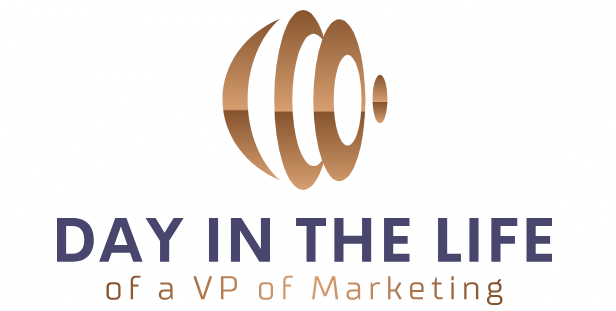Retargeting is a flexible and low cost method for demand generation. Those of us who “grew up” as Search marketers found a lot if value in retargeting by building audiences around our website, CRM and general offer pages.
Unfortunately, though, when we build audiences like this, what do we really know about them? What insights and analytics provide the best ROI? We have the following clues to work with:
- Keyword searched
- Page on the webiste the user visited

Sure, we get the benefit of running ads to people that didn’t convert, but we struggle to gain any additional valuable audience insights.
The Retargeting Dream Team
First, we should talk about retargeting platforms. There are so many retargeting technologies, but I’ve found my dream team by combining these three retargeting channels:
- Google AdWords Remarketing (this applies in ANY business)
- Facebook Custom Audiences (this may not apply in all businesses)
- Twitter Tailored Audiences
- Adroll (suppress Google, more on that later)
With Google, you have access to the Google Display Network (GDN), so your ads can be seen almost anywhere around the web. With Facebook, you’ll catch those folks when they log into Facebook for the 12th time today, and with Twitter, you’ll catch them as they pop on to rant about how late the train is. In short, there are very few places that your ads won’t reach your prospects. Now let’s dig in with an example of how to use this Dream Team to it’s fullest using social audiences.
Original Audiences
My favorite feature of social media ads is the ability to create small, tight segments of like-minded groups, and to craft messaging strictly for them. In the B2B space, no platform does this better than LinkedIn Ads, so I’ll use an example from it.
Imagine you sell software that is used by both CEOs and Finance decision makers. You’re a savvy marketer, so you understand that the CEO and Finance folks care about different things. The CEO may care about quick access to data to gain the confidence of her board, while a Finance Director may place more value on the convenience of quickly checking the status of the company’s Accounts Payable.
If you’re sending both audiences to the same landing page, that would mean you would be retargeting them as one audience, right? Thankfully, no! There’s a way around this.
Creating Persona-based Audiences
In the above example, we may have an audience targeting CEOs and another targeting Finance professionals with a director-and-above seniority. Even if you send both personas to the same landing page, you can keep them separate in your retargeting audiences.
First, you have to find a defining characteristic in the ad URLs. You need to get into the practice of of utm-tagging URLs, and one of the methods I use is to get the audience into the URL is to utilize the Google Analytics utm_campaign parameter to describe the audience.
For example, if I had a campaign in LinkedIn targeting our finance professionals, I might name that campaign:
Finance Job Function | Director+Seniority | US
Then I can insert this exact campaign name into my utm_campaign parameter, and voila! You now have audience descriptors in your URL that can serve to separate your retargeting audiences–more on that soon.
Useful Tip on Audience Building from UTM and how to code your UTM
As an aside, using this does open you up to competitors being able to gain insights into your marketing if they click on one of your ads. If this is of concern to you, I combat this by obscuring the exact targeting. Although your LinkedIn campaign might be named as above official, when it comes time to populate your utm_campaign parameter, you could simply use something like the following examples:
- Finance
- FinEx (for finance execs)
- FEUS (finance execs United States)
You would then have something in the URL that helps you identify your audience in your analytics reports, and now you’ve got everything you need to create ridiculously powerful retargeting audiences.
Ridiculously-Powerful Retargeting Audiences
- Go into your retargeting platform(s) of choice (I’d recommend at least AdWords and Adroll to start)
- Go into the retargeting audience creation flow
Create one around each persona (CEOs and Finance, in this case)
Use the rule for ‘URL Contains’ to include the unifying descriptor from your utm_campaign parameter (for our example, we might have ‘URL contains = Finance’)For AdWords, I’ve had mixed luck with this logic, and have had much better results having Google Analytics create these audiences, and then passing them into AdWords for use. - Create your first round of ads in each platform
Note, each platform has a minimum audience size of the cookie pool, so you may not be eligible to run ads yet until your persona-based social ads have run for a while. For this reason, it’s important to get these audiences set up as soon as possible so those audiences are being built - As an added bonus, as you get more advanced, you can graduate your audience into deeper, more qualified audiences further down the funnel (i.e. First round of ads push to a whitepaper, and once they’ve interacted, graduate them to a new offer pushing a webinar, or sales consultation)The net effect of this is now you can create messaging separately for each of your buyer personas, and see the increased efficiency that accompanies your smart messaging strategy.
Originally posted 2015-11-01 01:56:30.


